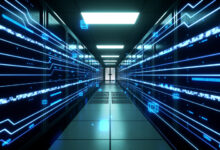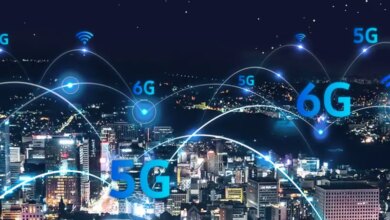Edge Computing’s Rapid Rise Enables Real-Time Decision Making
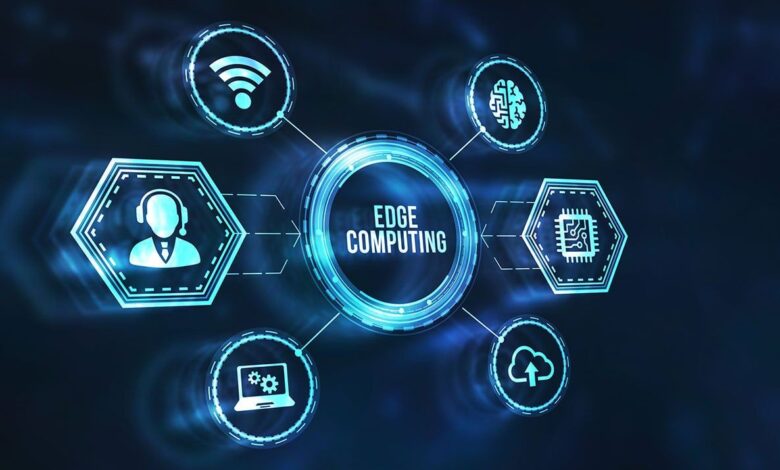
The digital world is undergoing a seismic shift, moving from a centralized cloud model to a decentralized, on-the-spot processing framework. This new era, known as Edge Computing, is a fundamental change in how we manage and process data. Instead of sending all data to a distant server for analysis, edge computing brings the processing power closer to the source of the data—at the “edge” of the network. This isn’t just a technical upgrade; it’s a profound revolution that is enabling real-time decision-making, enhancing data privacy, and unlocking a new generation of smart, responsive technologies. This article will take a deep dive into the core concepts of edge computing, its game-changing applications across various sectors, the significant challenges that still need to be addressed, and the immense opportunities that lie ahead for a more efficient, secure, and intelligent future.
The Shift from Cloud to Edge
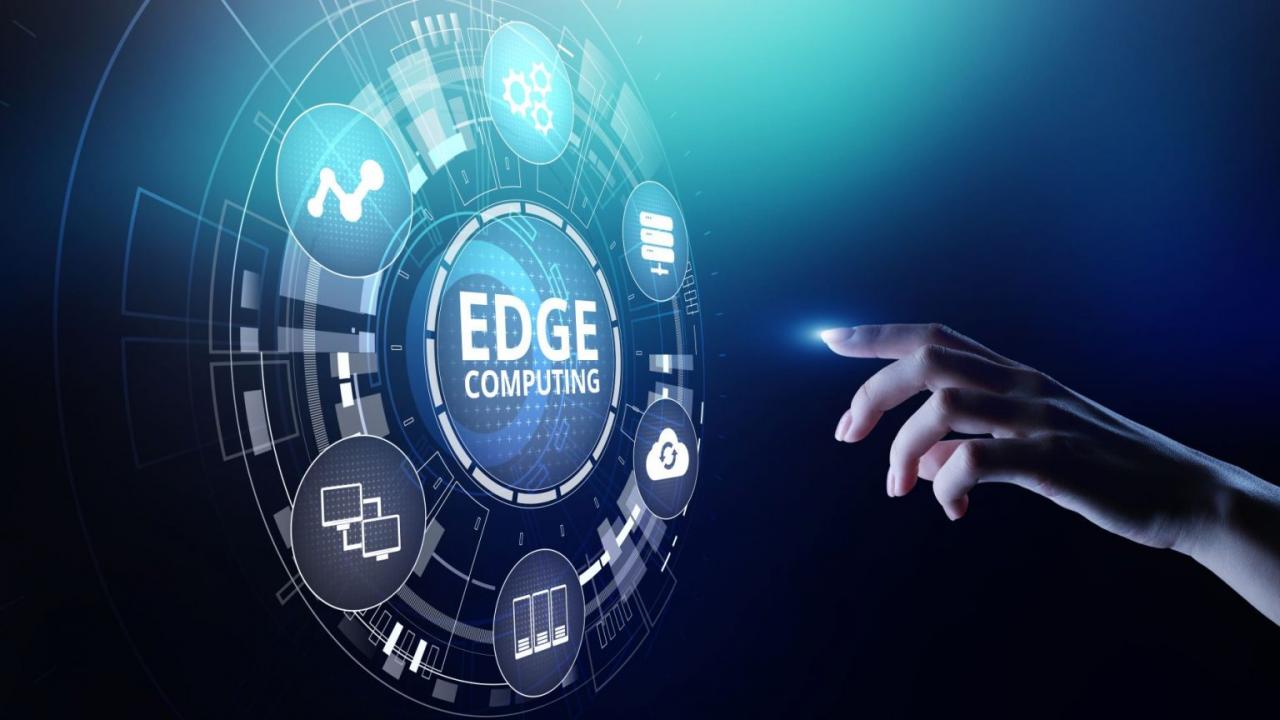
For years, the cloud has been the dominant paradigm for data processing. This model involves sending all data from devices to a central server—often located in a massive data center hundreds or even thousands of miles away—for processing and analysis. While this model is highly scalable and powerful, it has a major drawback: latency. The time it takes for data to travel to the cloud and back can be a few milliseconds, or even hundreds of milliseconds, which is too slow for many of today’s most critical applications.
A. The Core Principles of Edge Computing
Edge computing solves the latency problem by pushing processing power closer to the source of the data. It’s a new, more distributed model that is built on three key principles:
-
- Proximity: The defining characteristic of edge computing is the proximity of the processing power to the data source. Data is processed directly on a device or on a small, local server, rather than being sent to a distant cloud.
- Real-Time Processing: By eliminating the latency associated with cloud processing, edge computing enables real-time decision-making. This is critical for applications where a delay of even a few milliseconds could have devastating consequences, such as in autonomous vehicles or industrial automation.
- Local Intelligence: Edge devices are becoming more intelligent, with the ability to filter, process, and analyze data on their own. This reduces the amount of data that needs to be sent to the cloud, making the network more efficient and reliable.
B. The Synergy with the Cloud
Edge computing is not a replacement for the cloud; it is a powerful complement. The two work together in a symbiotic relationship. Edge devices process and analyze the most time-sensitive data locally. They then send only the most essential, filtered data back to the cloud for long-term storage, broader analysis, and machine learning model training. This hybrid model provides the best of both worlds: the speed and responsiveness of the edge and the scale and power of the cloud.
Applications Across Industries
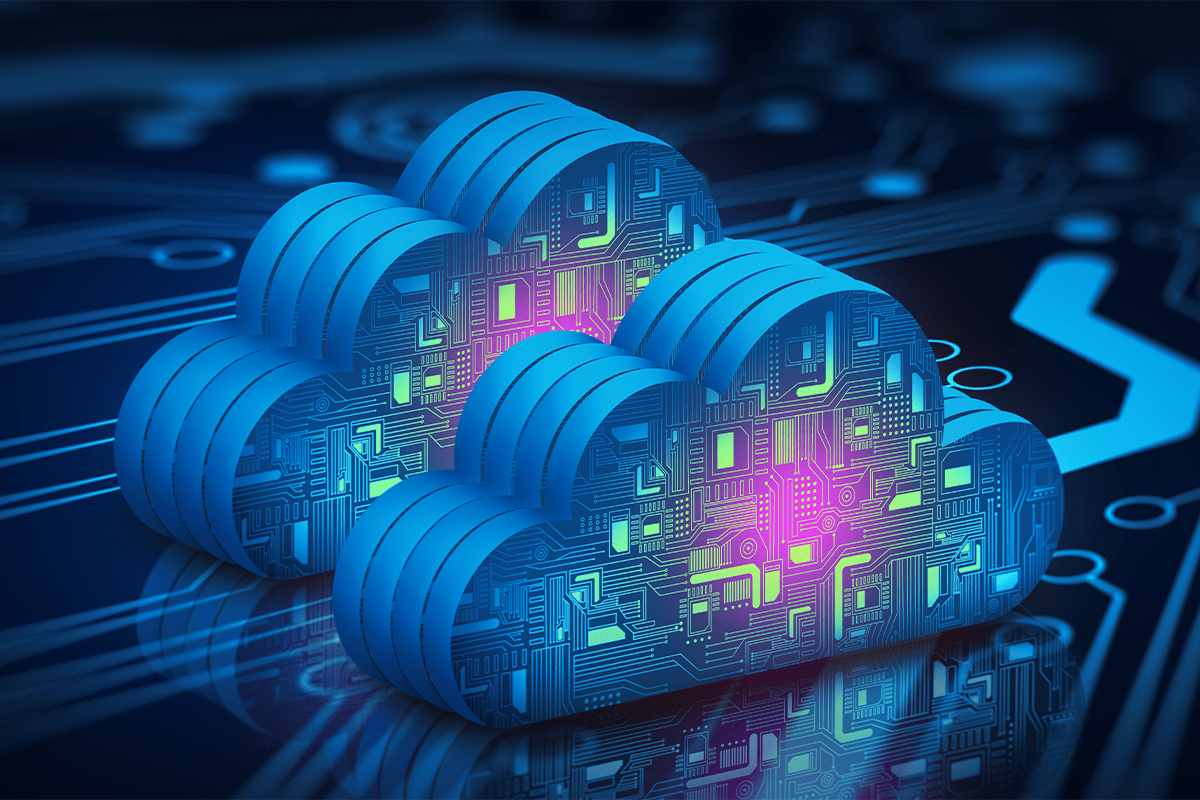
The transformative power of edge computing lies in its ability to enable a new class of applications that were once impossible. Its low latency and local intelligence are leading to a revolution in a wide range of sectors.
A. Autonomous Vehicles
Autonomous vehicles are perhaps the best example of a “killer application” for edge computing. A self-driving car generates massive amounts of data from its sensors—cameras, LiDAR, and radar—that must be processed in real-time to avoid a collision.
- Real-Time Decision-Making: The car must be able to make a split-second decision to brake or swerve to avoid an obstacle. Sending this data to the cloud for processing is not an option; the latency would be far too great. Edge computing, with processing power directly in the car, makes this level of real-time control possible.
- Enhanced Safety: By processing data locally, the car can react instantly to its environment, making roads safer and reducing the risk of accidents caused by human error.
- Local Data Processing: An autonomous car generates terabytes of data every day. It would be impossible to send all this data to the cloud. The car’s on-board edge computer can process the data locally, sending only the most essential information back to the cloud for model training and improvement.
B. Industrial IoT and Smart Factories
Edge computing is at the heart of the “Industry 4.0” revolution, creating smarter, more efficient, and more resilient factories.
- Predictive Maintenance: Sensors on a factory floor can monitor the health of a machine in real-time. The data can be analyzed by a local edge computer, which can predict when the machine is likely to fail and alert a technician to schedule maintenance proactively, preventing costly downtime.
- Robotics and Automation: Edge computing provides the low-latency communication link that robots need to work in real-time with other machines and with human workers, creating a more seamless and efficient production line.
- Quality Control: AI-powered cameras on a production line can use edge computing to analyze products in real-time, identifying defects and ensuring a high level of quality.
C. Smart Cities and Urban Management
Edge computing is a crucial component of the smart city, enabling real-time, responsive urban management.
- Optimized Traffic Management: IoT sensors on a city street can monitor traffic flow in real-time. An edge computer can analyze this data and automatically adjust the traffic lights to reduce congestion, without the need to send the data to a central cloud.
- Public Safety: Cameras with AI-powered analytics can use edge computing to detect and respond to a wide range of public safety issues, from a traffic accident to a violent crime, with a level of speed and efficiency that was once impossible.
- Smart Utilities: Edge computing can be used to manage the flow of electricity and water in a smart grid, optimizing resource distribution and preventing waste in real-time.
The Road Ahead
While the potential of edge computing is immense, its journey to mainstream adoption is not without its significant challenges.
A. Security and Privacy
By processing data at the edge, we are creating a more distributed and complex attack surface. Every edge device—from a smart thermostat to a self-driving car—is a potential entry point for a malicious actor. This raises serious concerns about data privacy and security, and new, more robust cybersecurity protocols will be needed to protect these devices and the data they collect.
B. The Lack of Standardization
The edge computing market is still in its early stages, with a wide variety of hardware and software platforms. This lack of standardization can make it difficult to integrate different systems and devices, creating a major barrier to adoption. The industry will need to work together to create a common set of standards and protocols.
C. The Human Element
The rise of edge computing will create a new demand for skilled professionals who can design, deploy, and manage these complex, distributed systems. There is a need for new educational programs and training to ensure that the workforce has the skills needed for the jobs of the future. The role of the human operator will also change, shifting from a reactive approach to a proactive, supervisory role.
Conclusion
The rapid rise of edge computing is a testament to the power of a decentralized and distributed approach to technology. It is a fundamental shift that is moving processing power closer to the source of data, enabling a new wave of real-time, responsive, and intelligent applications. This is not just an incremental improvement; it is a profound revolution that is already reshaping industries, from the autonomous vehicles on our roads to the smart factories that produce our goods. The synergy between edge computing and the cloud provides the best of both worlds, with the speed and responsiveness of the edge working in concert with the scale and power of the cloud.
However, as we embrace this new era, we must also confront the significant challenges that lie ahead. The security and privacy of our data are paramount, and new, more robust cybersecurity protocols will be needed to protect our increasingly distributed digital infrastructure. The lack of standardization in the industry and the need for a new class of skilled professionals are also hurdles that must be addressed proactively. The future of edge computing is a journey that will be defined not just by its technological prowess but by its ability to create a world that is more efficient, secure, and human-centric. The rise of the edge is not just a technological trend; it is a new reality that is poised to unlock a level of intelligence and responsiveness that we have only dreamed of.

